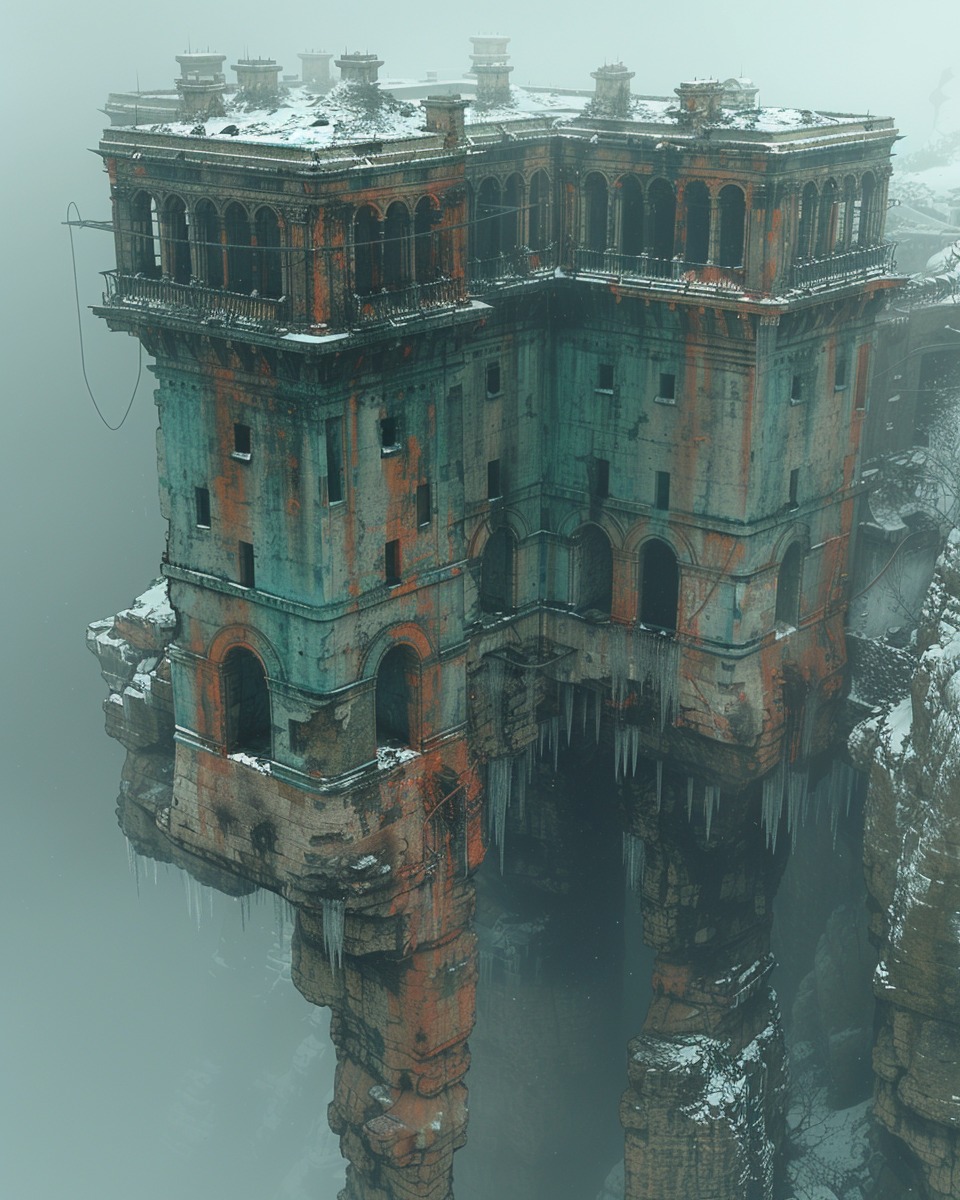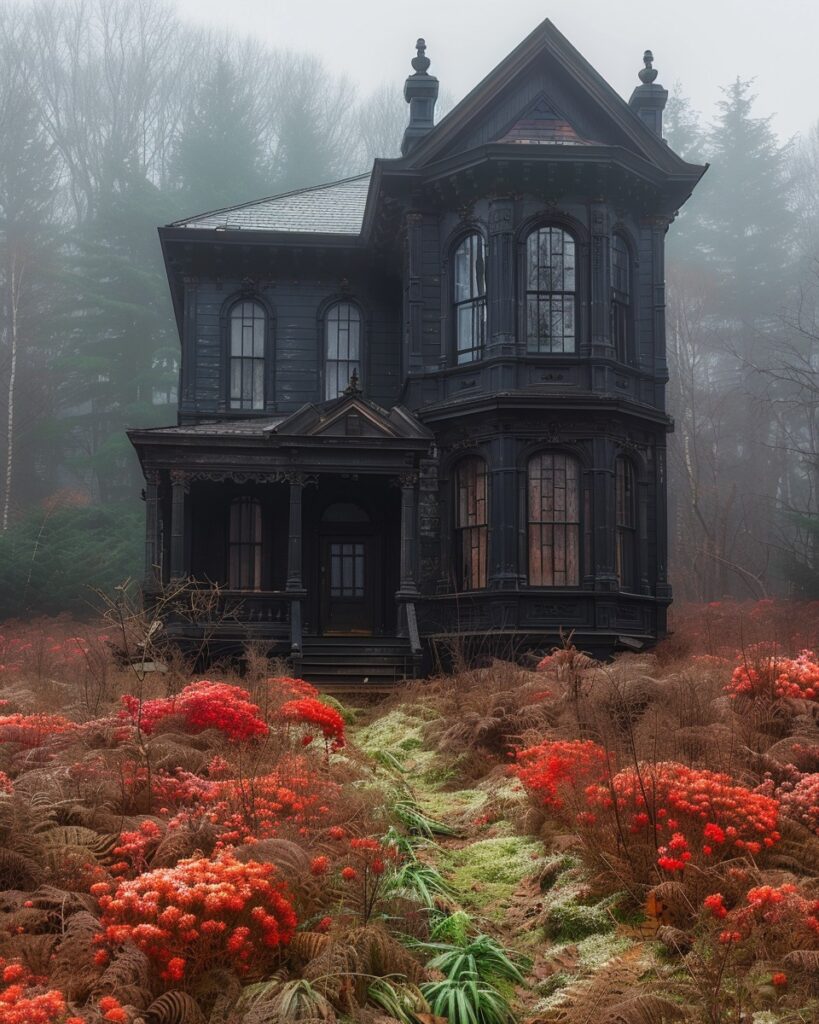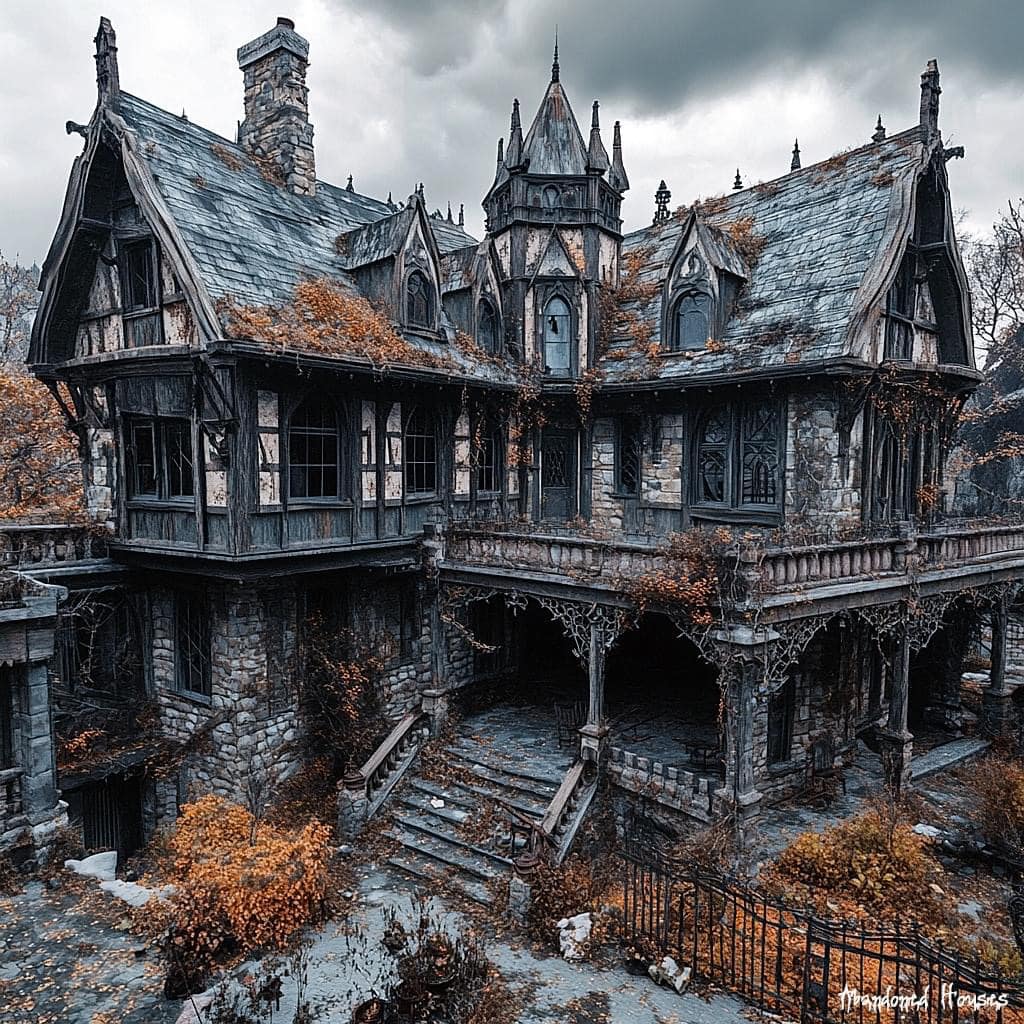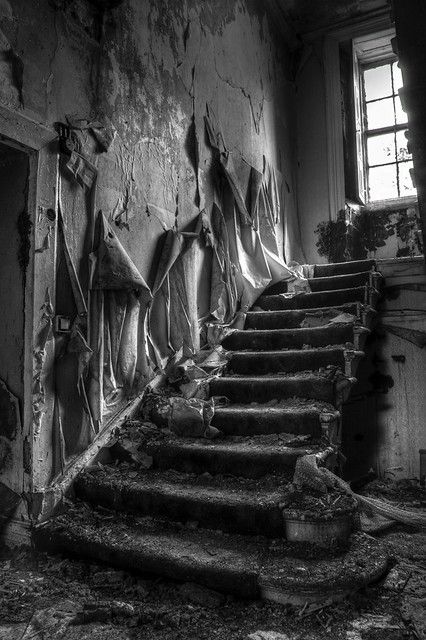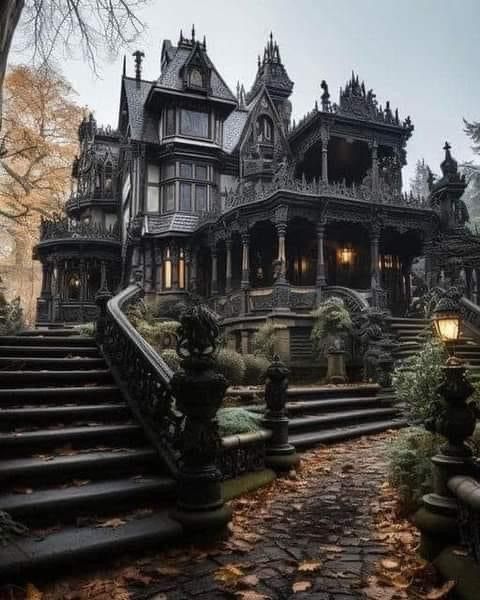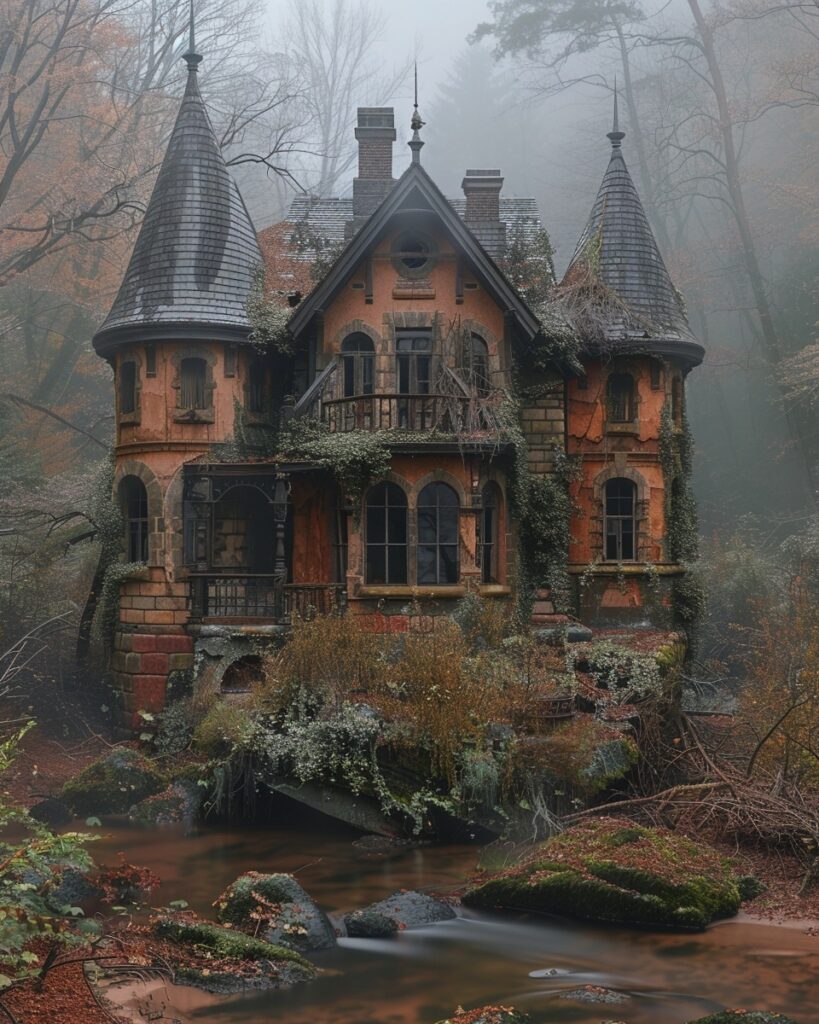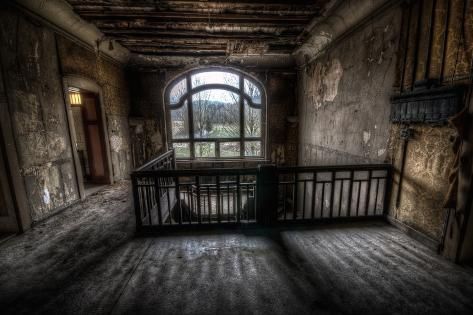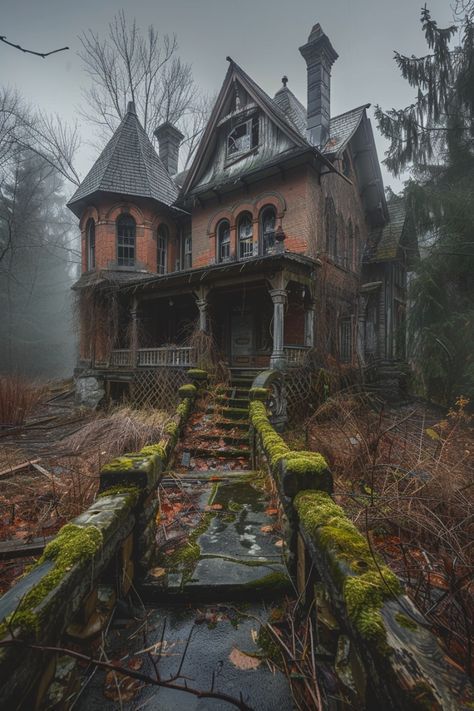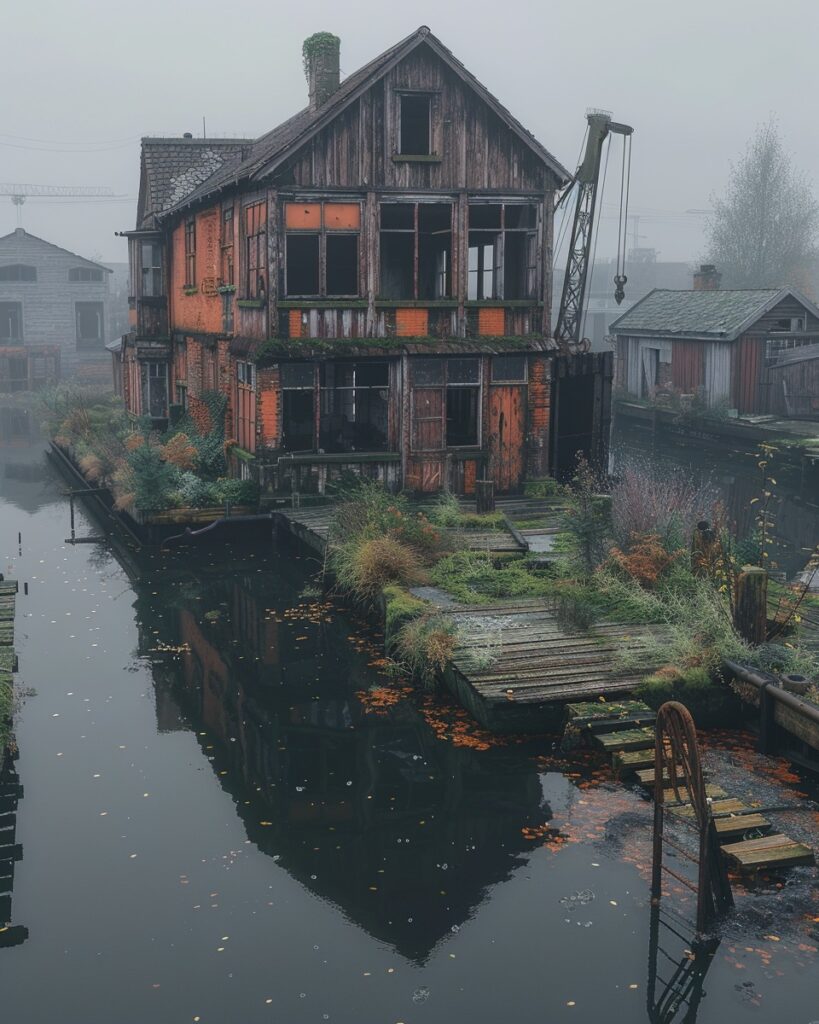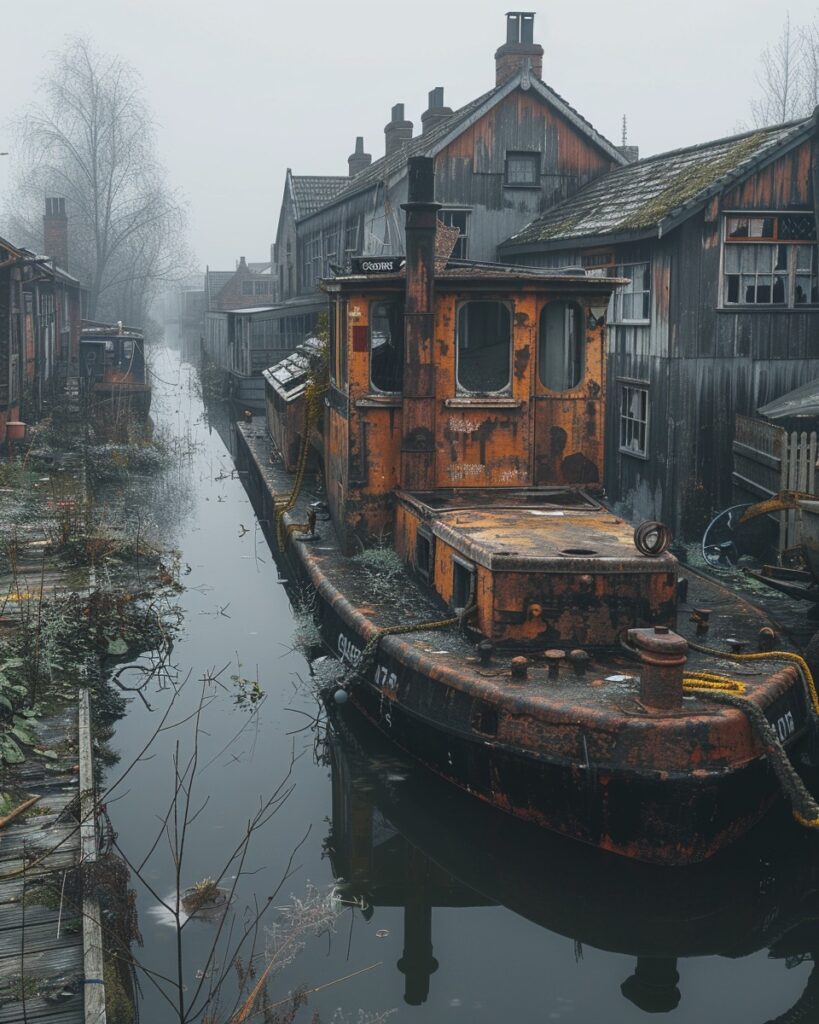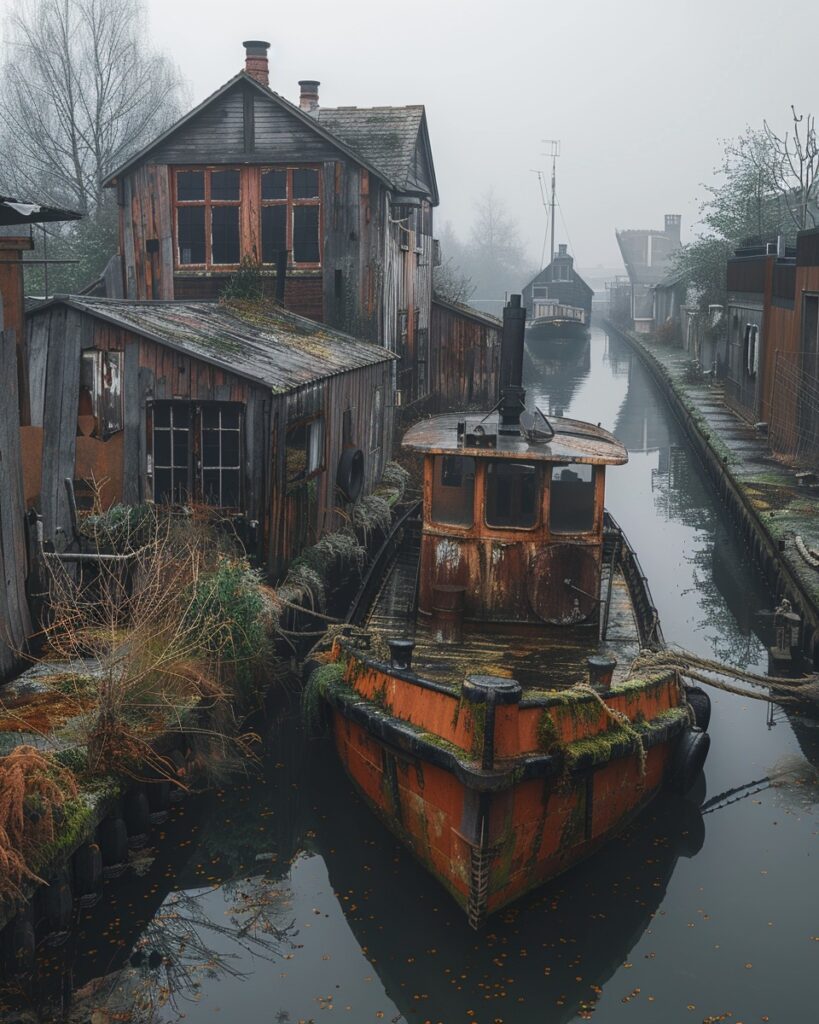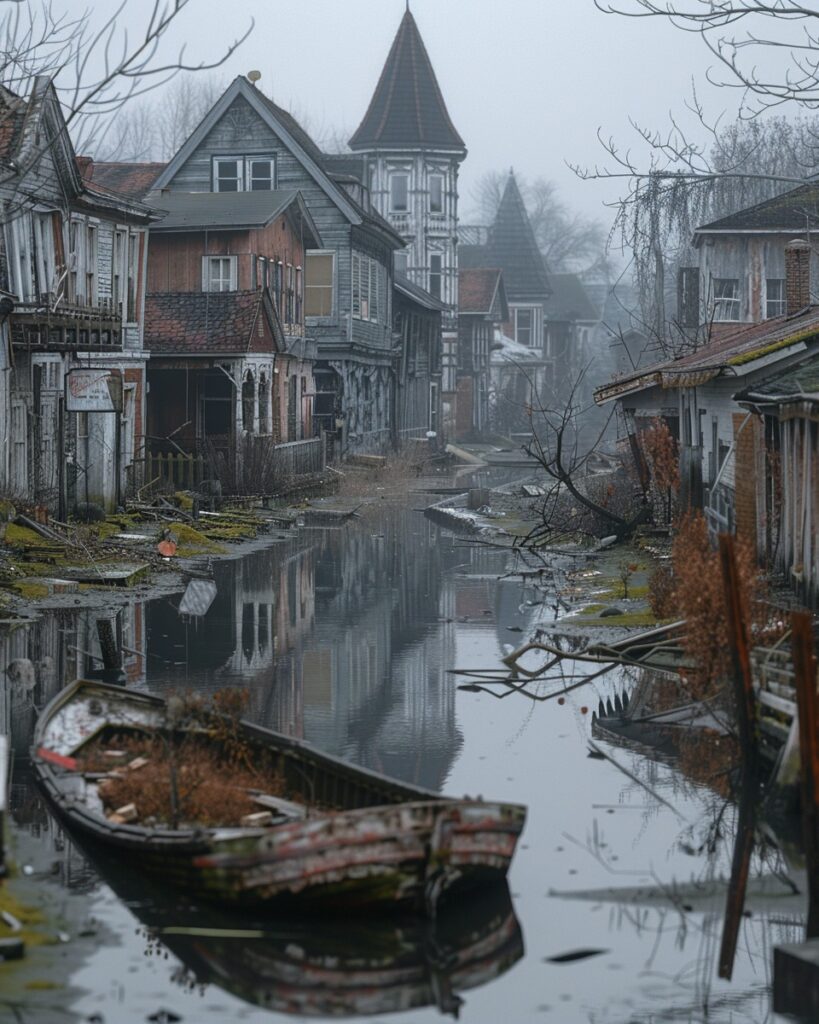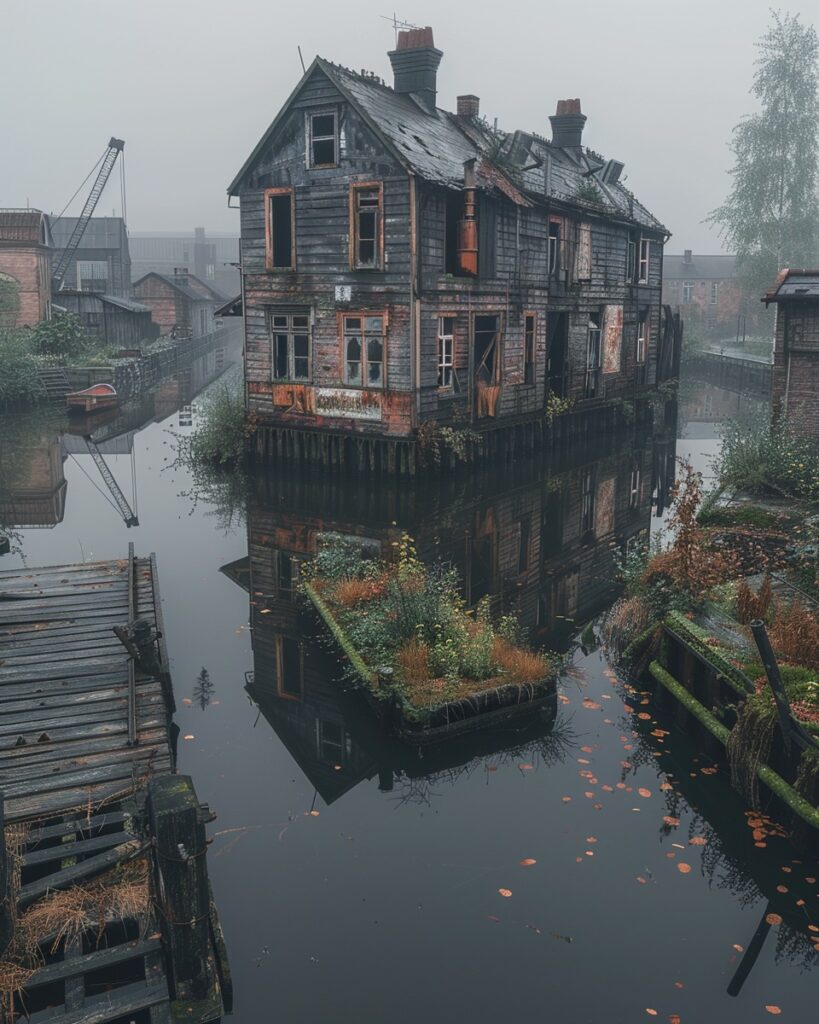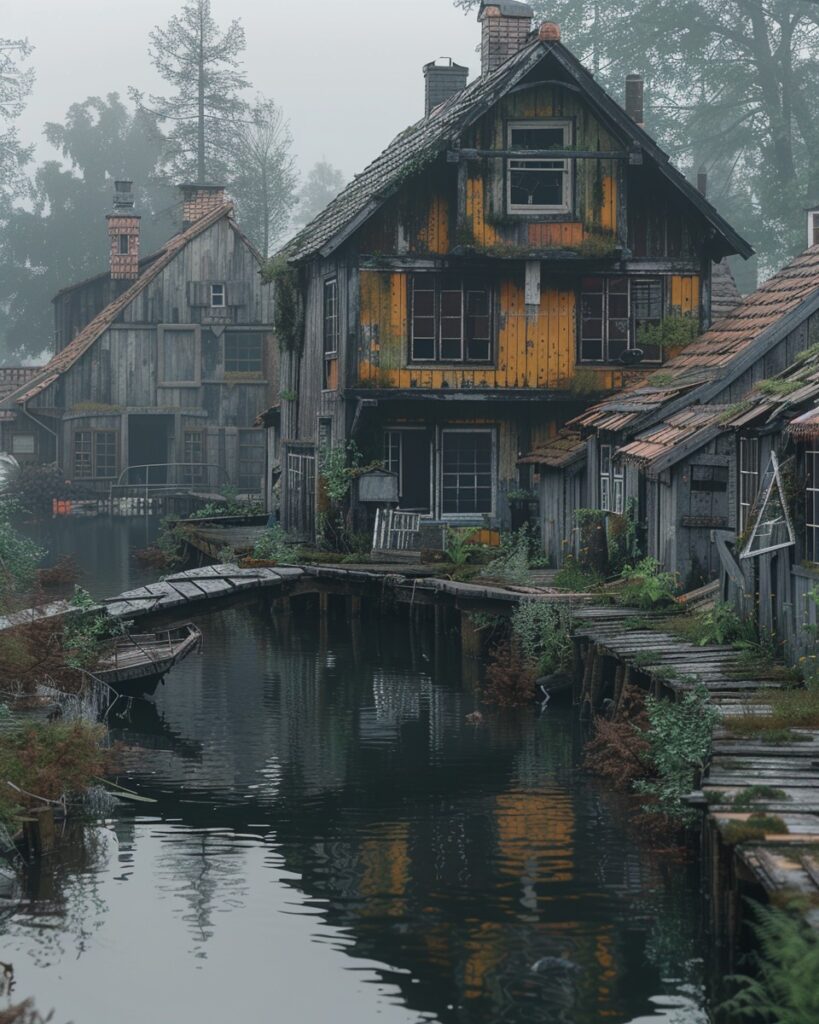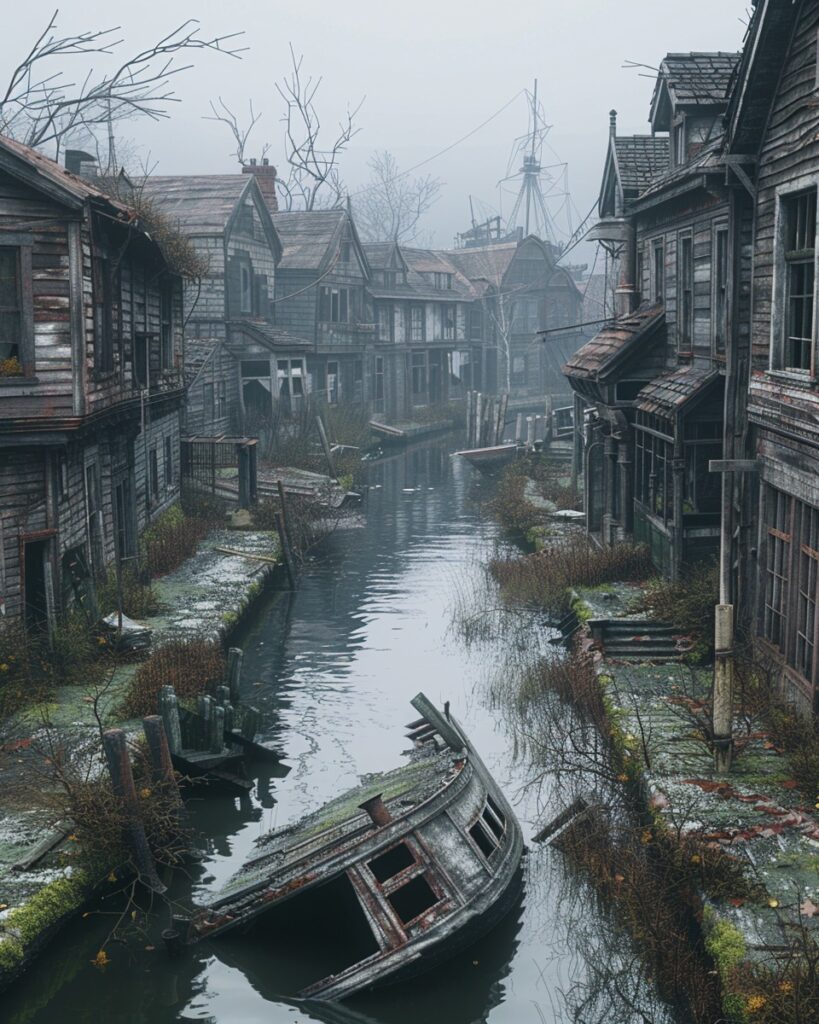Hidden in Plain Sight, Abandoned City Hall Station New York

Located deep beneath the bustling streets of New York City, the Abandoned City Hall station remains one of the most fascinating and lesser-known secrets of the city’s subway system. Closed permanently in 1945, this Art Deco masterpiece was once a grand and elegant part of the original subway lines, serving passengers traveling through Manhattan. While the station may no longer be in operation, its stunning design and historical significance continue to intrigue urban explorers and history enthusiasts alike. Today, it stands as a hidden treasure, largely forgotten by the public but still preserved in the depths of New York’s subway system.
A Glimpse into New York’s Past
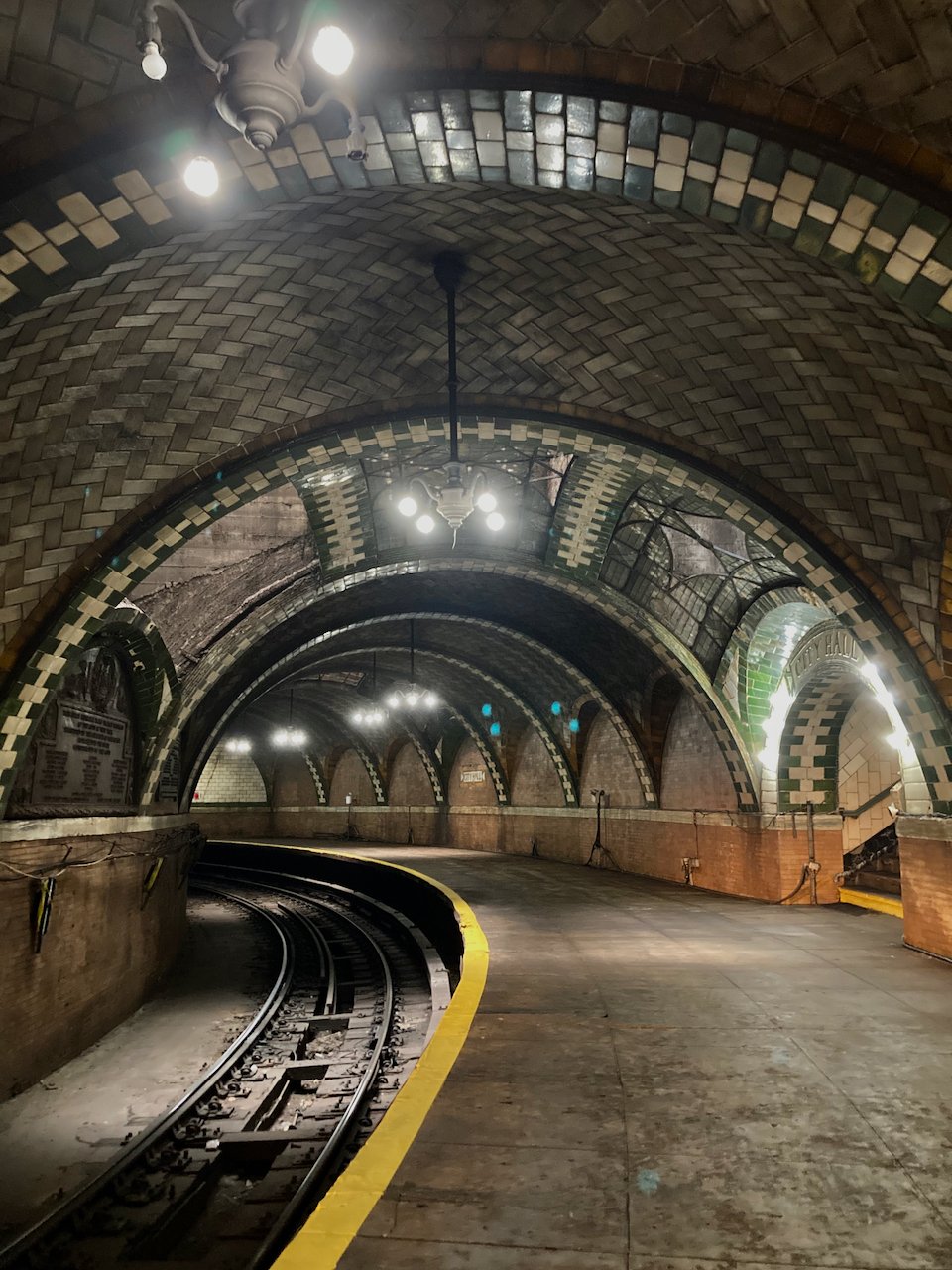
The Abandoned City Hall station is a testament to a time long gone. Designed by the architectural firm Reed and Stem, it opened in 1904 and quickly became one of the most beautiful stations in the world. Its vaulted ceilings, intricate mosaics, and polished marble floors reflected the luxury and sophistication of the early 20th century. But when the city expanded its subway network and added newer lines, the station’s small platform and tight curves made it impractical for modern trains. On December 31, 1945, the station was officially closed, its beauty sealed behind layers of history and forgotten by most New Yorkers.
Why the Abandoned City Hall Station Is Worth Seeking Out

Despite its closure, the Abandoned City Hall station remains a fascinating spot for those interested in New York City’s hidden gems. The station’s stunning Art Deco design features vaulted ceilings adorned with blue glass tiles, brass chandeliers, and elegant mosaics, making it an architectural wonder. The station also offers a rare glimpse into the city’s early subway days, providing an invaluable look at the city’s first underground transportation system.
The Mystery Behind City Hall Station’s Closure

The closure of the Abandoned City Hall station has long been a subject of speculation. At the time, the station’s design could no longer accommodate the larger, faster trains of the post-war era. Yet, the decision to shut it down was made despite the station’s unparalleled architectural beauty. Some theories suggest that the city’s rapid expansion of subway lines and the need for more efficient transportation networks led to its closure. Others believe it was a matter of practicality and safety, with the station’s tight curves becoming a challenge for larger trains to navigate.
Hidden in Plain Sight, Abandoned City Hall Station New York Read More
